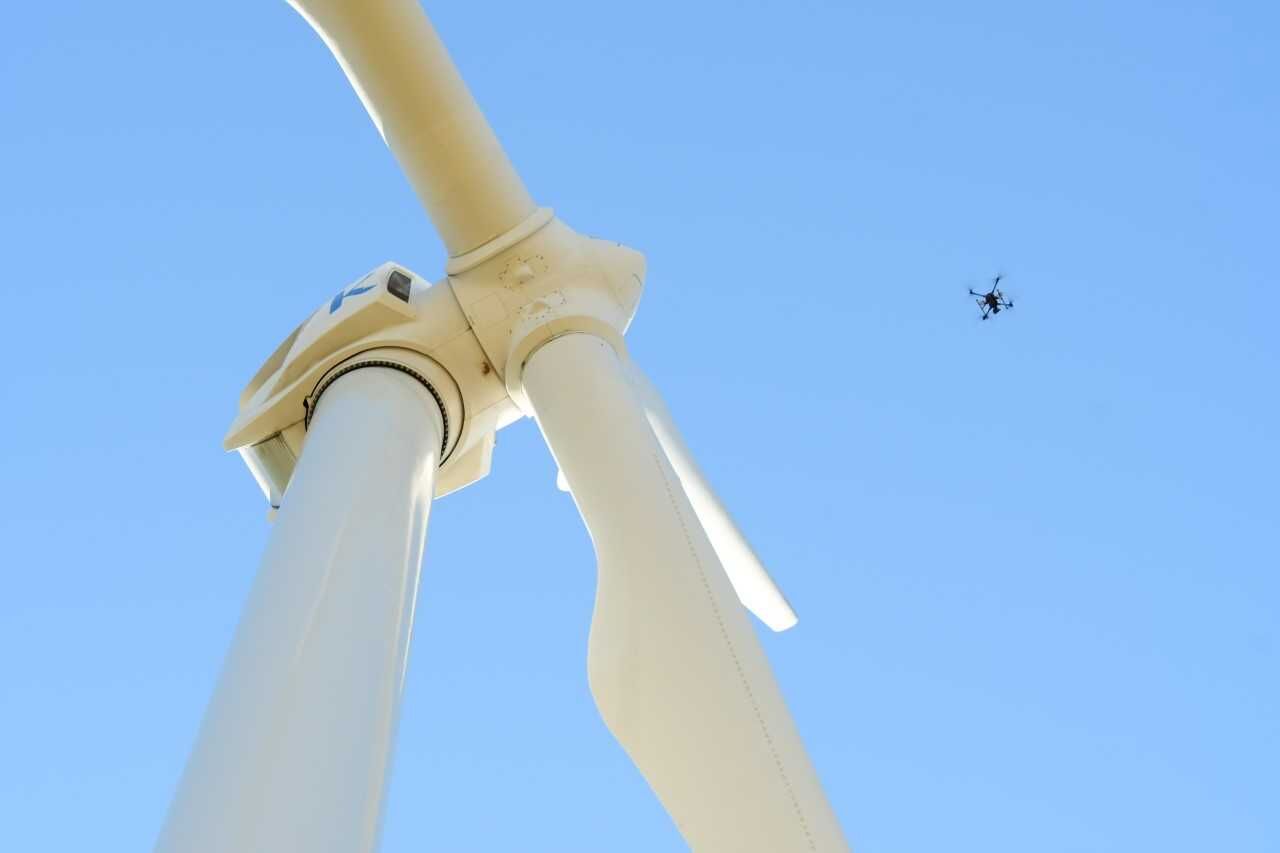By Gigi Wood
CEDAR RAPIDS — They have a lot to celebrate.
United Fire Group, the Corridor’s second-largest insurance company based on the number of local employees, is bouncing back from a multitude of storms and disasters nationwide, posting a profit in the fourth quarter of 2011 and favorable results in the first quarter of this year.
The company offers all lines of property and casualty, personal and commercial lines, with a surety bond department and United Life Insurance Co., its life insurance subsidiary, which marks its 50th anniversary this year.
United Fire Group expects continued success, as well as growth, in the years to come. The company acquired Mercer Insurance Group in March 2011 and the new segment is settling in, with an integration of the two companies’ computer systems expected this week.
“They wrote (policies) in different (geographical) areas than we do, they also wrote commercial insurance on several products that we don’t have, so we’ll utilize some of their product offerings and offer some of our to their agents,” said Randy Ramlo, United Fire Group’s president and CEO.
During the first quarter of last year, United Fire Group experienced $10 million in catastrophic losses, with several million more throughout the year, due to events such as the tsunami and earthquake inJapanand other major natural disasters. Last year was the costliest year ever for the insurance industry globally.
“A lot of companies have not done well over the last few years. There’s been a lot of catastrophic losses from hurricanes to tornadoes to some worldwide earthquakes, a tsunami mixed in there,” he said.
The company’s own headquarters experienced $8 million in damage during the 2008 flooding, as well. But things are starting to turn around for United Fire Group, Mr. Ramlo said last week.
“We had a very good fourth quarter and a good first quarter,” he said. “2006 and 2007 were good, 2008 and 2009 were bad and 2010 was actually pretty good. Really, only two quarters in 2011 were bad but they were bad enough to make the whole year bad.”
For the fourth quarter of 2011, the company reported a net income of 66 cents per diluted share, compared to 44 cents for the fourth quarter in 2010. It also posted operating income of 62 cents per share, compared to 39 cents for the fourth quarter in 2010.
This year, United Fire Group reported a net income of 75 cents per diluted share for the first quarter, compared to 22 cents for the first quarter of 2011. Operating income was 68 cents per share, compared to 16 cents for the first quarter of 2011.
Rates have been decreasing in the property casualty business since 2005 but are starting to rebound for the company and industry, Mr. Ramlo said.
“The rate cycle is improving a little bit, that’s something that cures a lot of ills in the industry,” he said. “The rate cycle has always been something that takes place over a five to 10 year period and when you get to the top of that rate cycle, profitability is very, very difficult. That’s kind of where we were in 2010 and the first part of ’11. We started to see rates go up industry wide and that’s a big positive for us.”
The investment environment also has been a challenge for United Fire Group.
“Interest rates have been historically low and insurance companies, when we set money aside to pay for claims, in the time between the claim and the payment date, which for some lines of business can be pretty long, we invest that money and can make some money while we wait to pay claims,” Mr. Ramlo said. “The investment environment has been pretty horrible since 2008 and as those investment returns are less and less, that puts more pressure on our rates going up.”
Reinsurance rates have increased, too, which has also pressured rates to increase. Meanwhile, loss exposure went up industry-wide.
“All of us use various models to stress-test how our business would do in various natural disasters,” he said. “They change the model pretty regularly but there was a pretty large change in 2011 that in effect increases insurance companies’ exposure to loss. That’s another thing that puts pressure to move rates upward.”
Before the Mercer acquisition, United Fire Group experienced 7 percent of its own organic growth, he said. Mr. Ramlo attributes the growth to a number of factors, including rate changes, as well as the company’s unique IT platform, its loss-reduction and its strength as an underwriting company.
Going forward, the company plans to offer insurance products to more small companies. United Fire Group employs about 476 employees inCedar Rapidsand 900 total nationwide.
Controlling the weather
Mr. Ramlo said the company diversifies its coverage to help protect it from massive losses due to catastrophic weather events. Some states tend to have few major weather events, while others, such as those along theGulf of Mexico, can have several destructive storms a year. United Fire Group does not concentrate its policies in one area of the country, to reduce its risks.
“We’ve tried to control the weather for years and haven’t worked that out yet,” he said. “I do probably watch the Weather Channel more than I should but we can’t control the weather and know that bad weather, earthquakes, hail, happen throughout the country. Our key is not to try to predict how often events will happen or how severe they are. We have to manage our exposures so if something does happen, we don’t have any concentration of exposure large enough to hurt us financially … carriers that tend to write (policies) in one state, that can be very risky and it’s better to be nationwide to spread your risk out.”
The company continues to keep an eye on the weather, as some say the severity of storms and natural disasters is on the rise.
“I think it’s safe to say over the next 10 years we’re going to see more (severe rain events in the Midwest). Can we expect to see more flooding in theMidwest? That’s very possible,” Mr. Ramlo said.
Hurricanes are entering a calmer cycle, tornado and hail events have been occurring at a steady rate and there is not enough scientific research to determine whether earthquakes will increase, he said.
“There is public thinking that catastrophic losses are getting worse and more frequent and the science doesn’t necessarily back that up,” Mr. Ramlo said. “The media covers storm events a lot more, so you get just so much more coverage on hurricanes and tornadoes. It makes for good media and good stories, but we really don’t see a marked increase in the number of events.”




